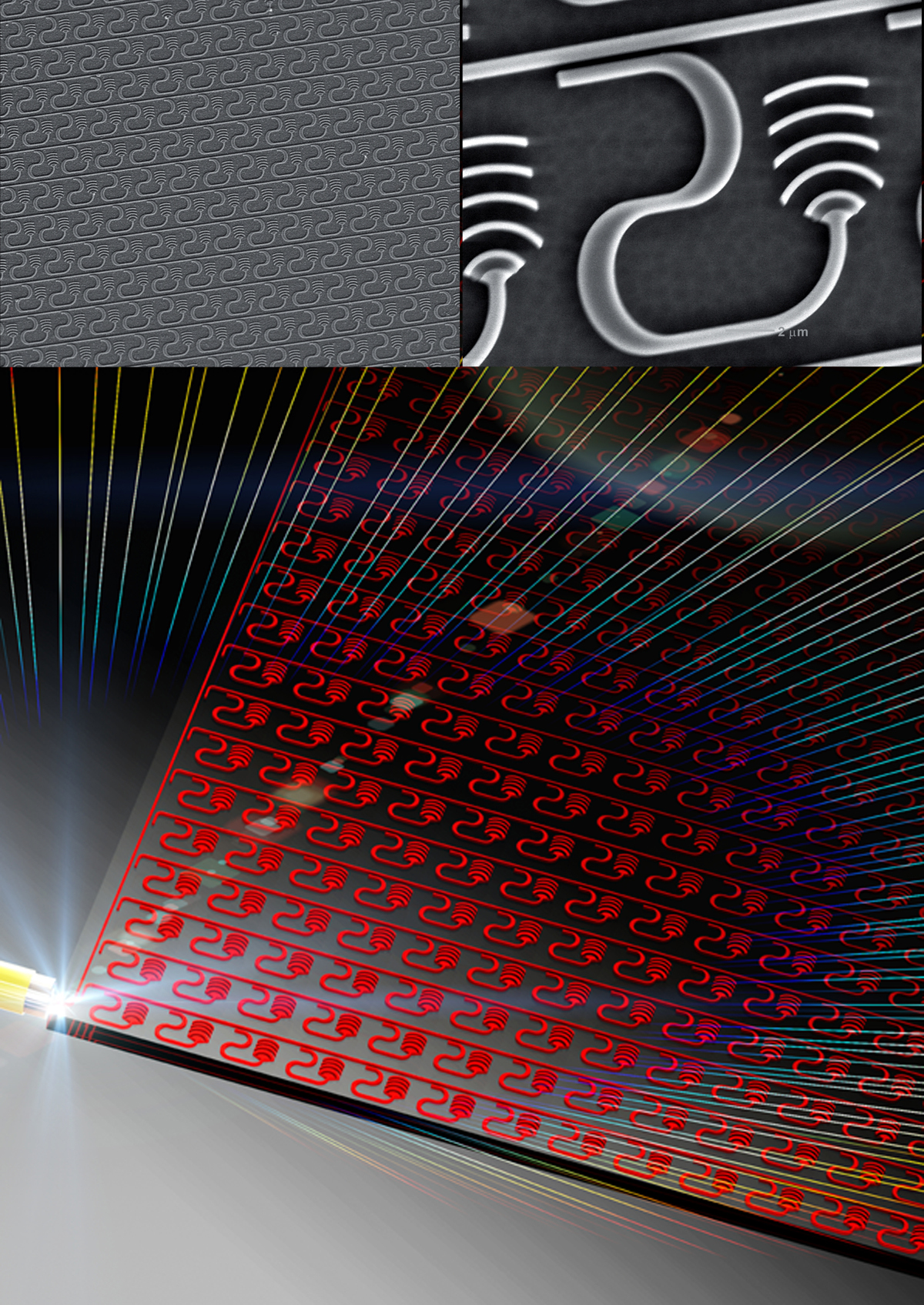DARPA Creates "World's Most Complex" LIDAR Chip
DARPA announced that it has created a tiny 2D optical phased array that is believed to enable new light amplification for detection and ranging (LADAR) applications.
The silicon chip is just 576µm x 576µm in size, but integrates 4,096 nanoantennas in a 64 x 64 configuration.
LADAR, often also referred to as LIDAR (Light Detection And Ranging), is used as an alternative to RADAR and uses optical remote sensing instead of radio frequency waves. One of the advantages of LADAR is the fact that it delivers greater detail and enables applications such as fast 3D mapping. The problem of LADAR is delivered accuracy and speed.
According to DARPA, their LADAR chip is a "breakthrough" achievement due to its small size, the number of antennas and the integration of electronic and photonic components onto a single chip. DARPA did not say how the chip will be used other than it will lead to "new capabilities for sensing and imaging". In commercial applications the chip could improve application in agriculture, biology, geology, robotics, surveying and spaceflight.
Current military LIDAR application include the Airborne Laser Mine Detection System (ALMDS), the Long-Range Biological Standoff Detection System (LR-BSDS), as well as unmanned aircraft, such as the Boeing AH-6.
Contact Us for News Tips, Corrections and Feedback
Get Tom's Hardware's best news and in-depth reviews, straight to your inbox.

Wolfgang Gruener is an experienced professional in digital strategy and content, specializing in web strategy, content architecture, user experience, and applying AI in content operations within the insurtech industry. His previous roles include Director, Digital Strategy and Content Experience at American Eagle, Managing Editor at TG Daily, and contributing to publications like Tom's Guide and Tom's Hardware.
-
A Bad Day A shame that the average American public barely knows basic chemistry (and easily frighten by Di-hydrogen Monoxide), and would most likely not understand/appreciate the innovation.Reply -
ricardok colaturkacan you enlighten me?.. Are you sure you need that clarification?Reply
I won't spoil it, but it's everywhere and some people did think that that molecule would cause cancer some time ago.. ;)
-
pythy ReplyOne of the advantages of LADAR is the fact that it delivers greater detail and enables applications such as fast 3D mapping. The problem of LADAR is delivered accuracy and speed
What the? -
warmon6 A Bad DayA shame that the average American public barely knows basic chemistry (and easily frighten by Di-hydrogen Monoxide), and would most likely not understand/appreciate the innovation.Reply
My brother and I love getting people with that all the time. :lol:
We may not be scientist but we at least try to remember and/or figure out most of the stuff. (or at least the common stuff such as that.) -
QEFX colaturkacan you enlighten me?Reply
Ha ha ha ... I got the joke.
Subtle colaturka, very subtle. -
Believe it or not we can scan a mine cavity in anywhere between 10 to 20 minutes... you do get more detail the slower the scan is done, but the major problem is how clunky survey equipment is.Reply
